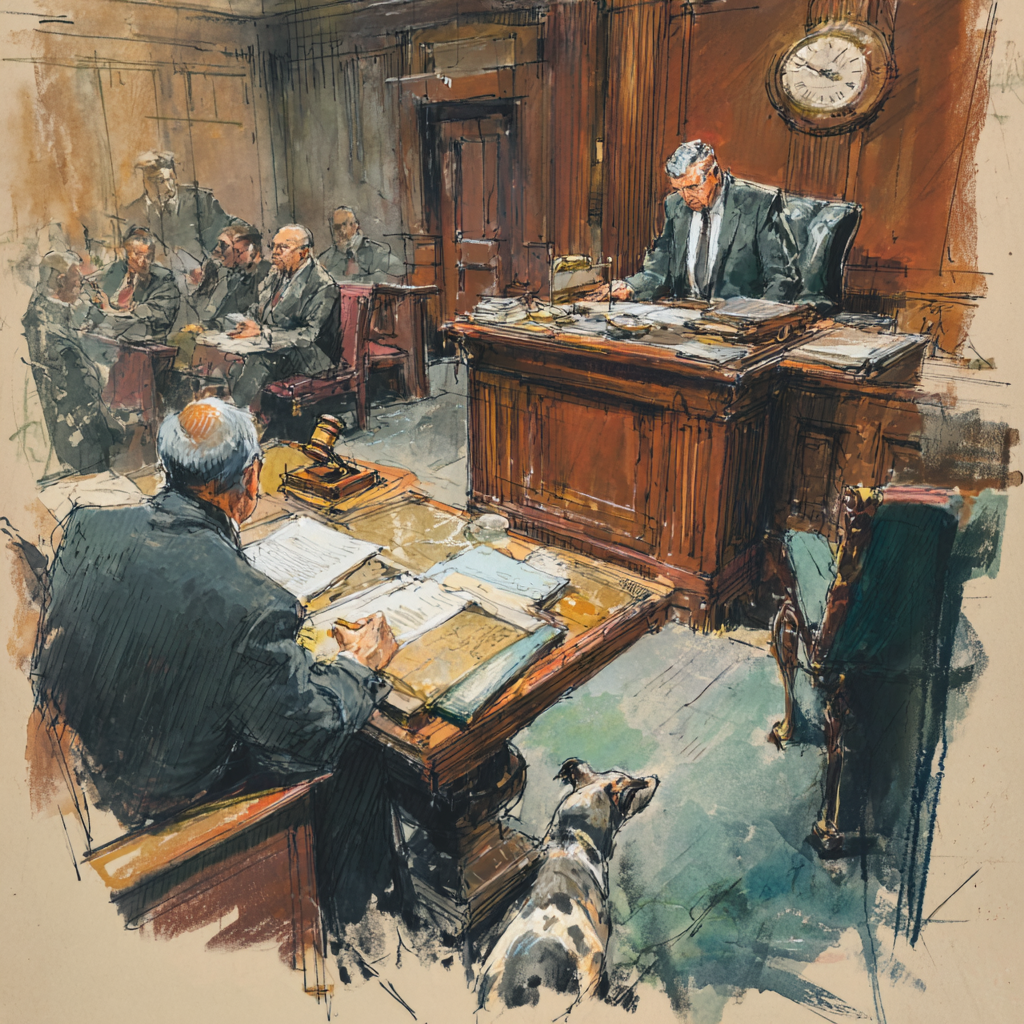While there is a drought in the well of new no-fault cases, here is a case that garnered my attention.
Liberty Mut. Ins. Co. v Perez
2009 NY Slip Op 50993(U) (App. Term 1st Dept. 2009).
The facts are simple. Defendant, who admitted dozing off while driving a vehicle, hit a legally parked vehicle, insured by Liberty, on a street. The Liberty vehicle was totalled. Plaintiff Subrogee insurance carrier (Liberty) paid out $19,000 in property damage benefits to its insured and sued Defendant, presumably under theories of equitable and contractual subrogation.
Procedurally, Plaintiff subrogee moved for summary judgment on both liability and damages. Defendant did not put up a fight as to liability but opined that Plaintiff did not demonstrate its damages as a matter of law. Civil Court granted Plaintiff summary judgment as to liability and damages. Defendant appealed. The Appellate Term modified, and remanded to Civil Court for an assessment of damages.
Plaintiff in its motion apparently did not “conclusively establish the market value of the vehicle prior to the accident.” Furthermore, the court held that on remand, “defendant will have the opportunity to present evidence challenging plaintiff’s decision to declare the vehicle a total loss.”
So, I take it that Plaintiff would have met its burden had it: (a) presented an affidavit that in accordance with the insurance regulations, the vehicle was a total loss because the cost of repairing it would be in excess of the percentage of loss that is required before a vehicle may be deemed a total loss; and (b) offered competent evidence as to the market value of the vehicle prior to the loss.
In all honestly, this is not a difficult burden at all, when you think about it. It probably requires a form affidavit with certain variables that could be adjusted on a case by case basis. What is interesting is that I was always of the belief that “damages” in property damage matters always required an inquest (on default) or a hearing on damages (when the defendant answered the complaint). I guess according to the Appellate Term, damages can even be adjudged as a matter of law on motion papers.
There is a no-fault relationship here, actually. But, it has nothing to do with the usual “medical provider v. carrier” fight that we deal with on a daily basis. Rather, in a rear-end or uncontested liability case, it would appear that within the confines of an APIP subrogation case or Basic PIP subrogation case (in the limited circumstances this type of action is allowed), an insurance carrier’s proof of receipt of the bills and the amount it paid out to its Subrogor or the Subrogor’s assignee, would conclusively establish an insurance carrier’s damages.
Thus, while general practitioners have always grumbled about how no-fault decisions procedurally impact them, we in the world of no-fault, again, can say that a non no-fault case has now impacted some segment of the no-fault bar. No, not the one you drink at.









